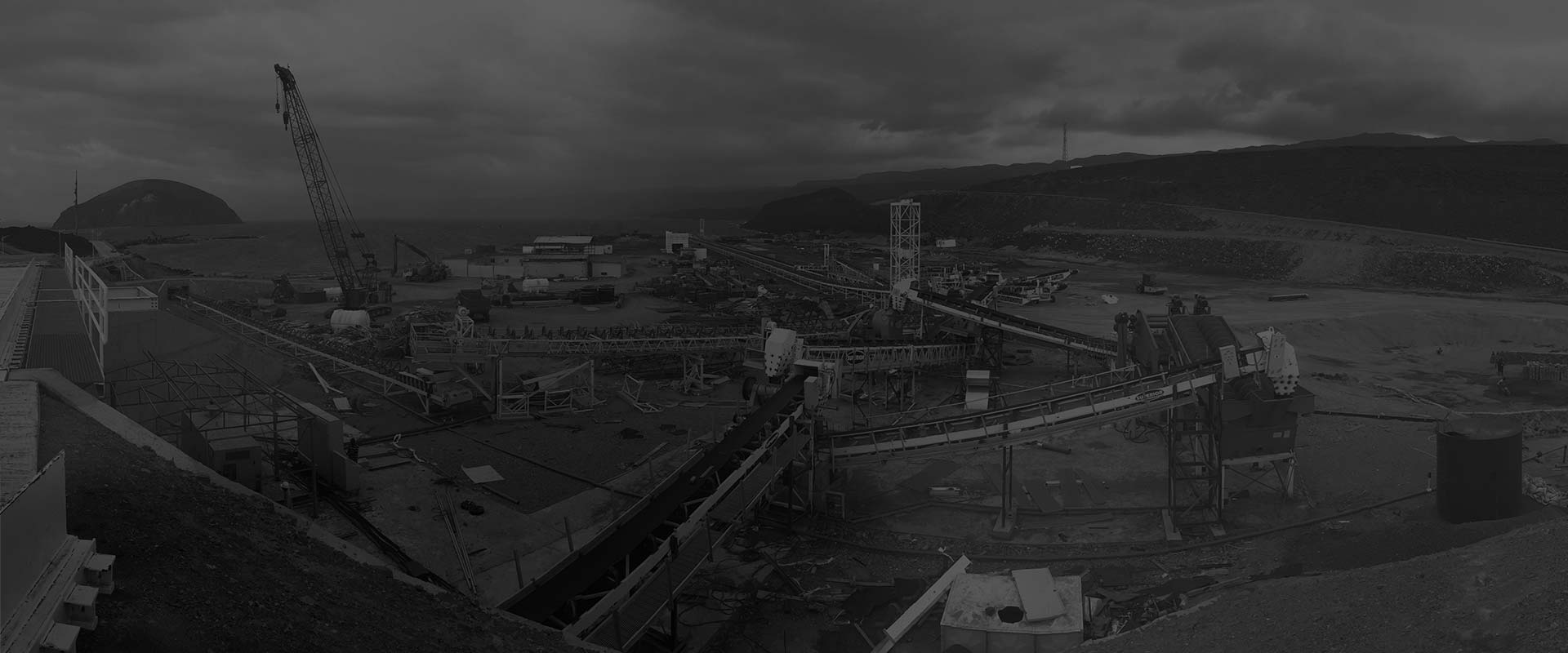0086-379-64087240
The tube mill machine is a vital equipment in the manufacturing industry, specifically in the production of cement and steel tubes. This advanced machinery operates on a well-defined working principle to efficiently produce high-quality tubes. In this article, we will discuss the working principle of the tube mill machine and explore the role it plays in cement and steel tube production.
The working principle of the tube mill machine revolves around the rotation of a cylindrical drum that contains a grinding medium (typically steel balls or rods). As the drum rotates, the grinding medium impacts and crushes the raw material (cement or steel) fed into the machine. This process breaks down the material into smaller particles, promoting the desired fineness and quality of the end product.
One of the primary applications of the tube mill machine is in the cement industry. Tube mill cement refers to a specialized machine that grinds clinker, gypsum, and other raw materials into cement powder. This type of ball tube mill is widely used in the cement production line to grind raw materials into the desired size and fineness.
The tube mill cement consists of a horizontal cylindrical shell with compartments and a grinding media (steel balls) inside. The material is fed into one end of the tube mill, and as it rotates, the grinding media crush and pulverize the raw material into fine powder. The powdered cement is then transported to the cement silos for further processing.
In addition to tube mill cement, the tube mill machine is also utilized in the production of steel tubes. Steel tube mill is a critical machine in steel manufacturing plants, responsible for shaping and forming steel into tubes of various sizes and dimensions. The tube mill machine performs numerous operations, such as forming, welding, and sizing, to produce steel tubes with high precision and quality.
The steel tube mill operates on similar principles as the tube mill cement. The raw steel material is fed into the machine, which consists of multiple rollers that gradually shape the steel strip into a cylindrical shape. These rollers apply consistent pressure and gradually bend the steel strip into a tube form, ensuring uniformity and accuracy.
Once the steel strip is formed into a tube shape, the tube mill machine proceeds to weld the edges together. This welding process can be achieved through various methods, such as high-frequency induction, TIG (tungsten inert gas), or laser welding. The choice of welding method depends on the specific requirements and applications of the steel tubes.
After welding, the steel tubes pass through a sizing section, where their diameter and thickness are accurately controlled. This ensures that the final product meets the required specifications and standards. Finally, the steel tubes are cut to the desired length and undergo further processing, such as surface treatment and packaging, before being dispatched for distribution.
References
Tube mill machine working process
The tube mill machine plays a crucial role in the production of cement and steel tubes. Both the tube mill cement and the steel tube mill operate on a similar working principle, revolving around the rotation of a cylindrical drum containing grinding media. These machines efficiently crush and grind the raw material, transforming them into fine powder (in the case of cement) or shaping them into steel tubes with precise dimensions. The tube mill machine has revolutionized the cement and steel industry, enabling the mass production of high-quality products that are vital to various construction and manufacturing applications.
